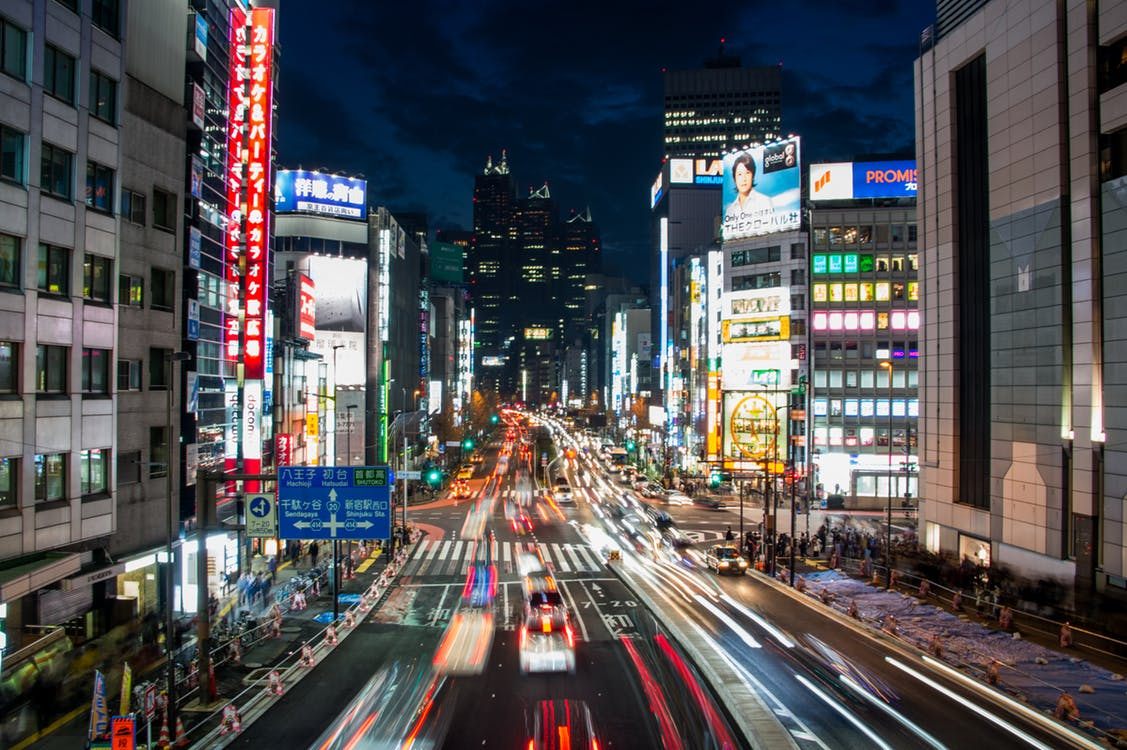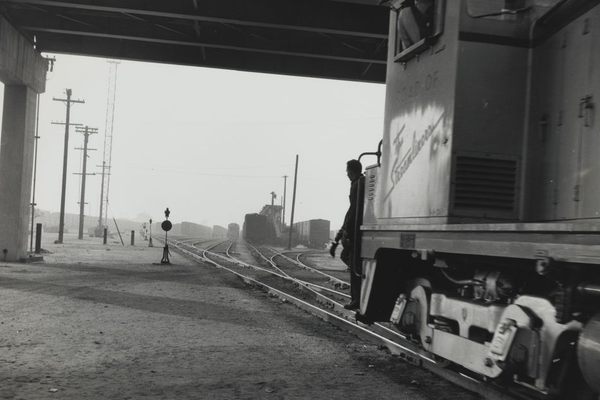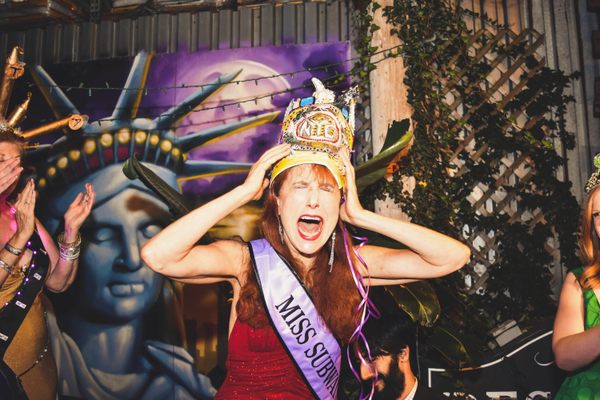According to Japanese Traffic Lights, Bleen Means Go
The country’s bluish-green signals are the results of linguistics and legalities.

The streets of Japan have no shortage of interesting sights. Standing at one of Tokyo’s bustling intersections, sharp-eyed visitors might spot something unusual about the traffic signals hanging above, which feature green lights with a noticeably blue tinge—so much so that illustrated Japanese road safety guides use distinctively blue “green” lights. This is no illusion. Blue and green—a combination known alternatively as “grue” or “bleen”—traffic signals in Japan are the result of a mix of linguistics, international law and a dash of passive-aggressive policy by the Japanese government.
It is a near universal constant when driving: red means stop, and green means go. So fundamental is this dynamic that it is codified in international law under the Vienna Convention on Road Signs and Signals, which has been ratified by 74 countries. Why, then, does Japan—not a signatory to the Convention—seem to buck the trend with its blue/green traffic signals?

Historically, there has been significant overlap in the Japanese language as it pertains to green (midori) and blue (ao). In that regard, blue—one of the four traditional colors originally established in the Japanese language along with red, black and white—historically encompassed items that other cultures would describe as green—creating the concept of “grue,” the portmanteau of blue and green first coined by philosopher Nelson Goodman in 1955. Indeed, a distinct word for green is a relatively recent development in Japanese, only coming into existence in the late Heian Period (794-1185). This continues to manifest itself in several ways in Japanese.
As in many languages, green in Japanese can be used in reference to something new or inexperienced. Whereas in English a rookie employee might be referred to as being “green,” in Japanese they are aonisai, meaning a “blue two-year old.” Elsewhere, a visitor to Japan might be tempted to try the exotic sounding ao-ringo—“blue apple,” only to perhaps be disappointed at finding out it refers to a regular green Granny Smith apple. Dozens of other examples exist in relation to nature, food and animals.

Traffic lights are treated similarly. In official literature and conversation, the “green” traffic light is referenced as ao, rather than midori. Even dating back to when traffic lights were first introduced in Japan in the 1930s—a time when traffic signals employed a distinctly green light—common practice was to make reference to “blue” lights. In modern times, Japanese traffic law requires those seeking a driver’s license to pass an eye exam specifying, among other things, the ability to distinguish between red, yellow and blue.
In the intervening years, this system of officially referring to green lights as blue put the Japanese government in a difficult position. Linguists took issue with the continued use of ao for what was a distinctly green color, and the country faced pressure to comply with international traffic customs regarding traffic lights.

Ultimately, a novel solution was employed. In 1973, the government mandated through a cabinet order that traffic lights use the bluest shade of green possible—still technically green, but noticeably blue enough to justifiably continue using the ao nomenclature. While modern Japanese allows for a clear delineation between blue and green, the concept of blue still encompassing shades of green still remains firmly rooted in Japanese culture and language.
“Grue” traffic lights remain a common sight in cities across Japan. While some newer traffic signals come equipped with bright green LEDs—still referred to as blue—the familiar blue-green lights can still be found without much effort—representing a nod to the evolution of the Japanese language.











Follow us on Twitter to get the latest on the world's hidden wonders.
Like us on Facebook to get the latest on the world's hidden wonders.
Follow us on Twitter Like us on Facebook